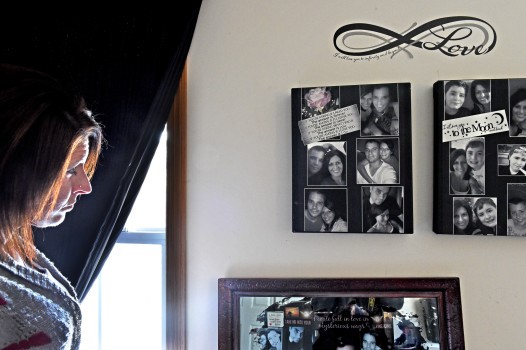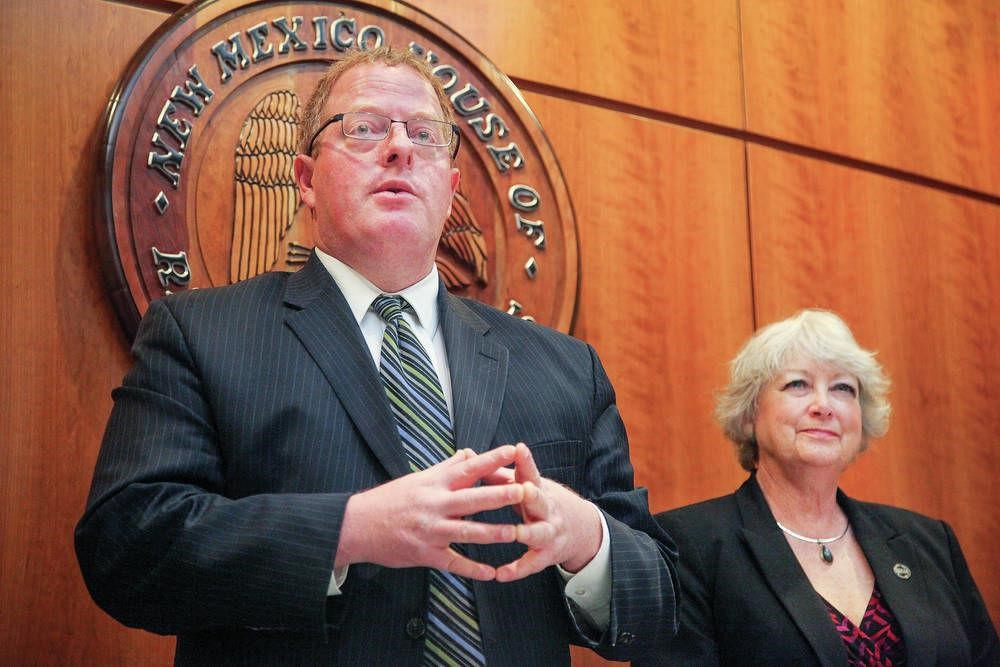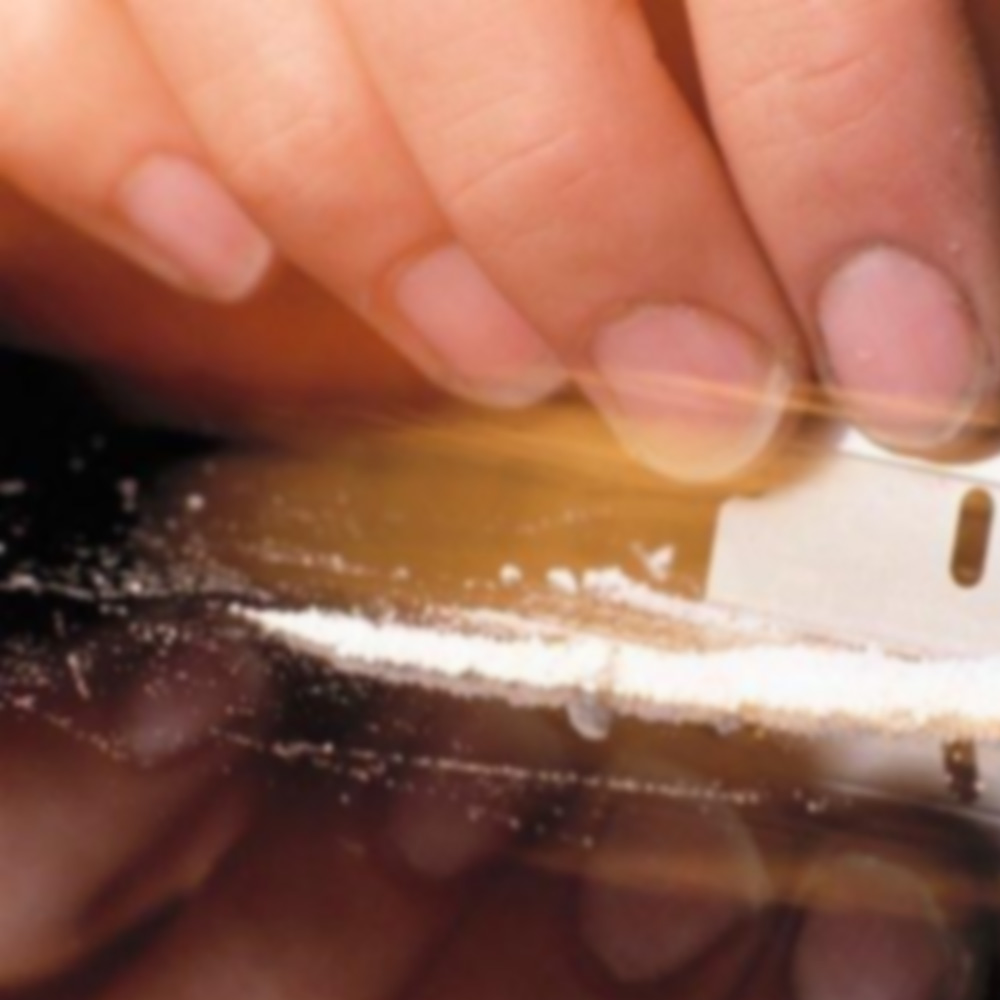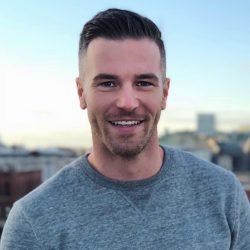By CHRISTOPHER MAGAN | [email protected] | Pioneer Press
February 18, 2018 at 6:00 am
Anne Emerson has been living her “worst nightmare” since losing her fiance, Ryan Anderson, to an opioid overdose in December.
“My heart is numb. I’m stuck living in denial that he isn’t really gone,” Emerson wrote in an essay about their relationship and struggles with drug addiction. “The pain inside is too overwhelming.”
Anderson overdosed on heroin that Emerson believes was laced with fentanyl on Nov. 28. His friends didn’t understand what was happening so they took him home, but by the time he got there, it was too late.
“I was frantic. My world just kept spinning,” Emerson said. “In my mind, I just thought, ‘This isn’t happening.’ ”
She quickly started CPR and administered the opioid antidote Narcan to Anderson. But he didn’t come back like he had before. He wasn’t conscious.
At the hospital, Anderson went into cardiac arrest. He was on life support for four days before he died Dec. 3.
Emerson is sharing her story in hopes it will inspire other addicts to get help. What follows was drawn from Emerson’s essay about her relationship with Anderson and both of their struggles with addiction.
“Ryan has been addicted to drugs since he was a teenager. Heroin, meth, Xanax and at one point alcohol. He spent his years in and out of prison and jail. I had no clue the day we first met that my life would be forever changed.”
Ryan and Anne met in 2012. He was in a halfway house on work release, just out of prison. She was living in a sober apartment recovering from an addiction to methamphetamine and studying to be a drug counselor.
The Coon Rapids residents had mutual friends, but had never met in person before. That changed after they both commented on a friend’s Facebook post. They exchanged numbers, started texting and soon started a relationship.
“Ryan called and asked me out to dinner one night and I told him that I’d love to, but had no sitter for my son. His response blew me away: ‘Oh well, that’s OK he can come with.’ He and my son Braeden were best buds, it makes my heart melt to think how close they were.”
Ryan was sober when he started dating Anne, but that quickly changed. A few months into their relationship, he was using methamphetamine, prescription pills and later heroin. Ryan was close with his brother Eric, whom he liked to spend time with and who also struggled with addiction.
“Ryan’s life really began to change when his brother lost his life to a heroin overdose on Oct. 27, 2013. Ryan was in prison when his brother overdosed and died. Sitting in solitary confinement alone, Ryan got the horrible news one prays to never hear. Ryan was allowed one to two hours of time with his brother at the funeral home, but he was shackled and alone.”
When Ryan got out, he started drinking heavily every day. He suffered from depression and anxiety and struggled to mourn the loss of his brother. He soon began drugs again. He tried to hide it from Anne, but she knew and their relationship became rocky. Despite the strain, they remained close.
“… I refused to give up on him because I knew behind this person who was addicted to drugs was an amazing man who wanted nothing more than to get sober and live a happy life. It broke my heart to see him suffer in so much pain, day in and day out, and no matter how hard I tried there was nothing I could do to take that pain away from him.”
Ryan continued to struggle with drugs, but Anne never ended their relationship. A recovering addict herself, Anne acknowledged it was tough at times to live with and be in love with someone who couldn’t stop using. She refused to give up on him.
Ryan spent time in and out of jail and prison. He tried numerous treatment programs, but they didn’t address all the underlying problems that contributed to his addiction. On Nov. 28, Ryan was out with friends when he took heroin that Anne believes was laced with fentanyl or carfentanil, two powerful synthetic opioids.
“Ryan called me at 1:26 a.m. and said his last words to me: ‘I’m on my way home, I love you baby, see you soon.’ He was brought home almost dead, barely breathing. His buddy thought he had merely passed out.”
Anne tried everything she could to revive Ryan, but it didn’t work. Paramedics took him to a hospital, where after a heart attack he was put on a ventilator with little brain activity. He died a few days later after being taken off life support.
“After that moment my life became a terrifying nightmare as I sat there and watched the love of my life die and there wasn’t anything I could do.
“Ryan’s life purpose was, through his death, to save others. By sharing his story I hope it touches the lives of addicts and that they seek the help needed so that another family doesn’t have to go through the horrifying pain our family is going through. You may be gone, but you will never be forgotten.”
https://www.twincities.com/2018/02/18/one-minnesota-couples-story-of-addiction-and-loss/






